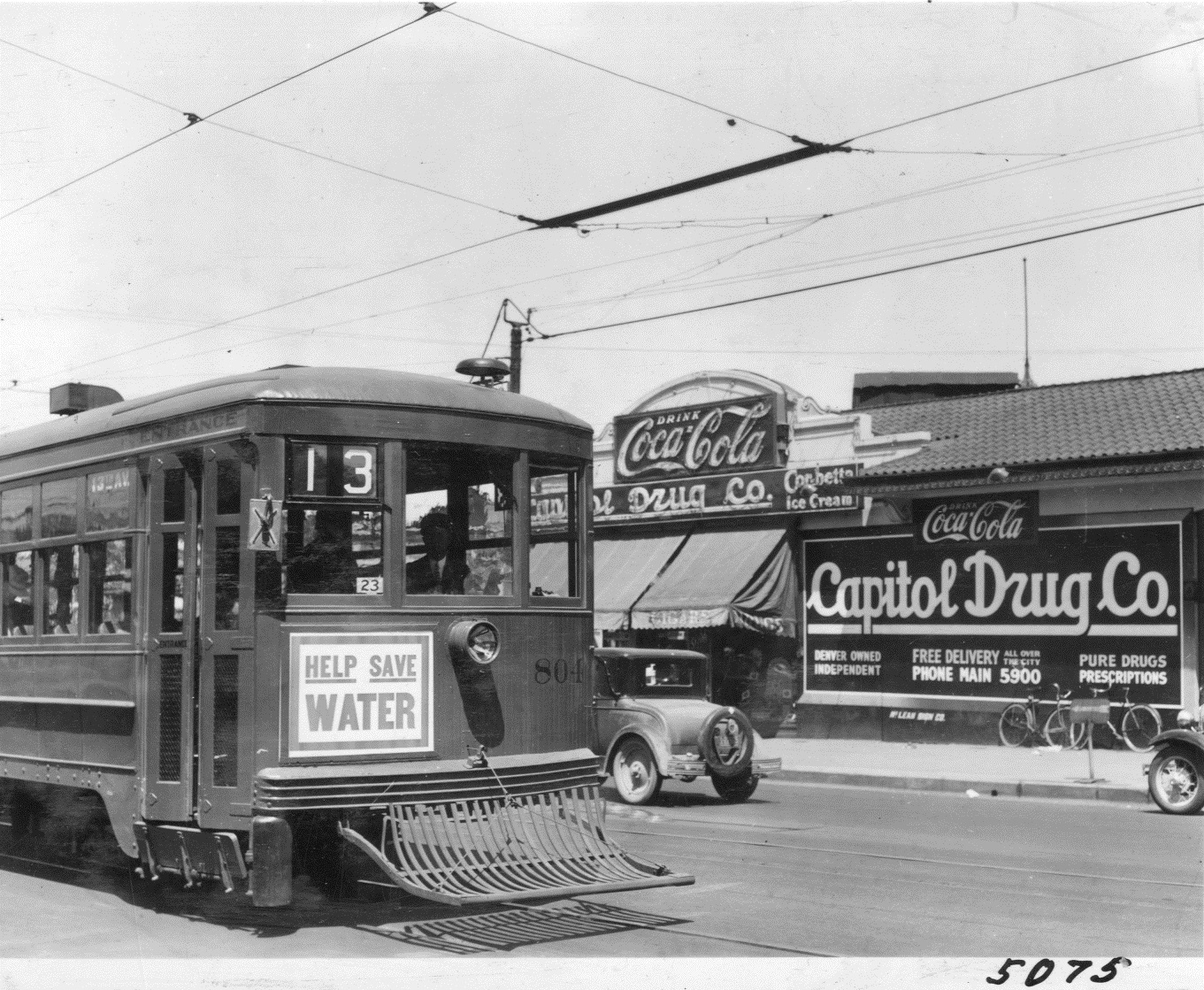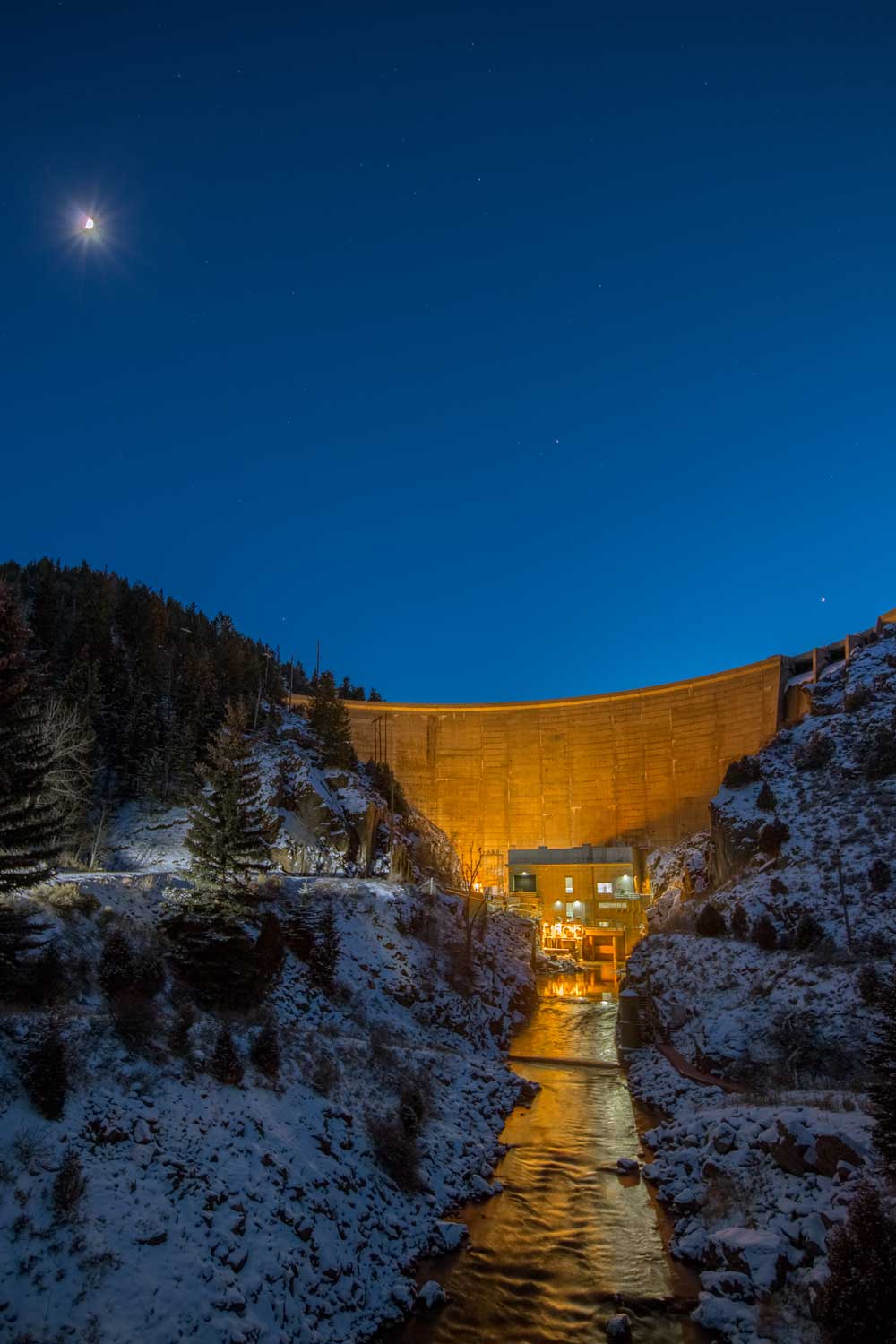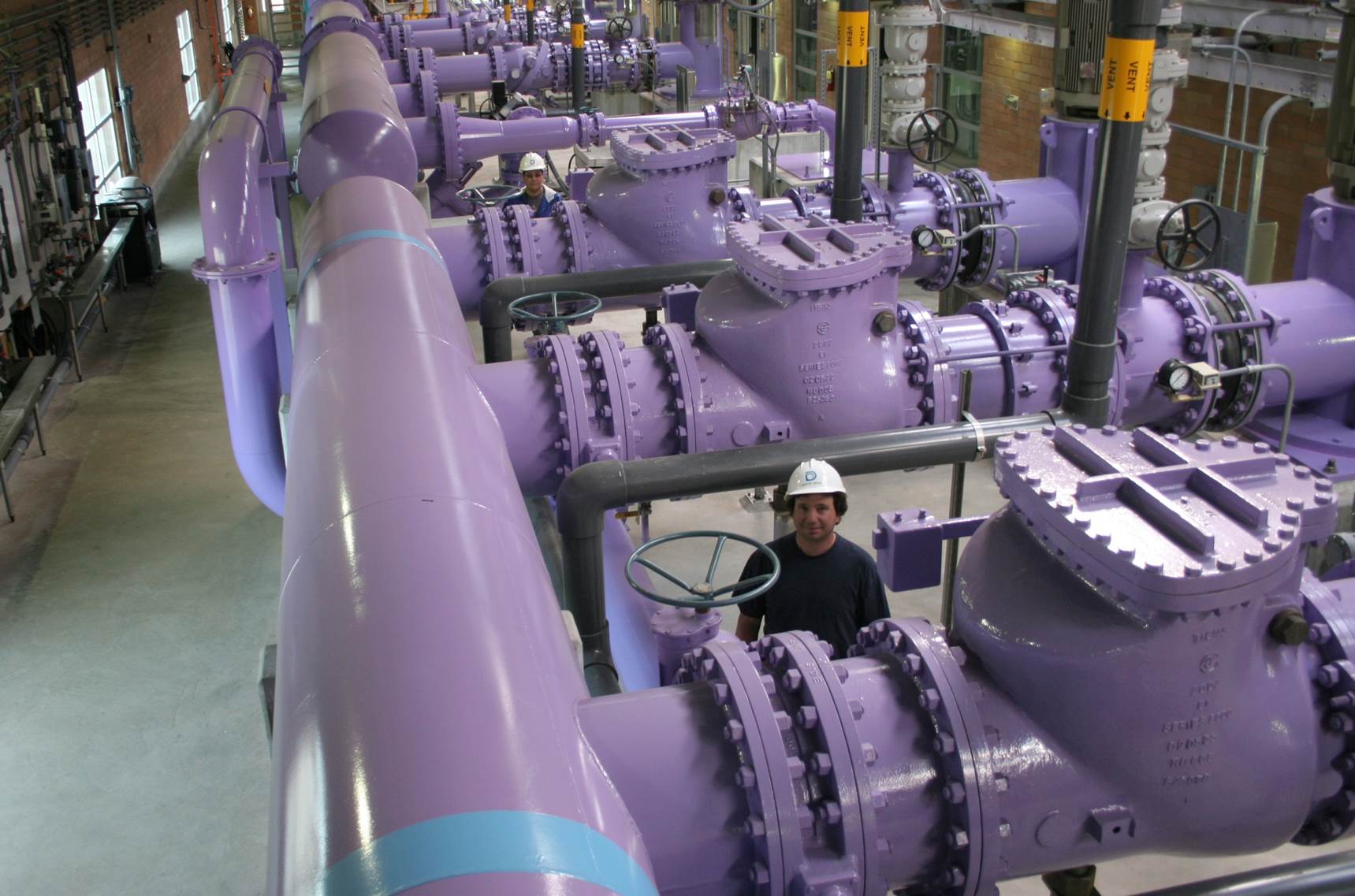
Denver’s ‘green’ water utility
About this time every year, many of us reflect a little harder on the need to care for the environment and, perhaps, promise to take an extra step or two to do the right thing by our little blue planet.
At Denver Water, employees have built this Earth Day attitude into the organization's day-to-day practices, its plans for new facilities and its approach to responsible water use. While these efforts began to blossom in the 1990s — as they did for many people and organizations — the utility’s environmental ethic extends to its earliest years.
As Colorado author Patty Limerick recounts in “A Ditch in Time,” a history of Denver Water, the utility instituted alternate-day watering in 1922 to stop customers from unnecessary daily watering. A few years later, the utility exhorted customers to conserve, with phrases in its publications like: “WATER IS PRECIOUS —SAVE IT.”
That same decade, Limerick reports, the utility warned customers to use small nozzles and to avoid irrigating the sidewalks. (And you thought summertime water use rules were new!)
Droughts in the 1930s led to Denver Water’s first big marketing campaign for water conservation, with “Help Save Water” and “Please Don’t Waste It,” advertised on streetcars. That effort would foreshadow Denver Water’s famous “Use Only What You Need” campaign by seven decades.
Denver Water’s environmental stewardship expanded beyond conservation in the late 1950s when its first hydropower operation was completed at Williams Fork Reservoir.
Today, Denver Water generates more than 70 million emission-free kilowatt-hours of power a year via seven hydropower units at its dams and treatment plants, saving ratepayers roughly $4 million a year by avoiding the need to purchase that power elsewhere. For context, one kilowatt-hour is about what a medium-sized window air conditioning unit requires to run for one hour.
Denver Water inspired another important trend in the early 1980s when, in collaboration with the Denver Botanic Gardens and Colorado State University’s Cooperative Extension, it coined the term “xeriscape,” to encourage native and drought-tolerant plants for landscaping.
In 1988, Denver Water began recycling metals, including outdated pipes. Its recycling efforts would grow from there. By 1995, the utility was segregating waste streams for proper disposal and had formed its first “Recycle Task Force” to tackle waste such as paper and glass.
Another big advance came in 2004, when Denver Water’s Recycling Plant began recapturing “used” water and treating it for irrigating parks and industrial uses. This leaves more drinking water available for homes and businesses and ultimately more water in the rivers and streams.
This was an early step in what is now the utility’s “One Water” approach, which incorporates concepts such as using rainwater for watering gardens and reusing wastewater for use flushing toilets. One Water is a key part of Denver Water’s goal to enfold water efficiency more deeply into its work.
And the emergence of One Water is just part of why Denver Water's sustainability timeline gets really crowded at this stage, in the first two decades of the 21st century.
This is also when Denver Water became highly engaged in addressing and planning for climate change, created incentives for its workers to carpool and use public transit, completed an agreement with the West Slope to better protect the Colorado River, set sustainability goals, began segregating waste for composting, increased our focus on electronic waste and embarked on detailed planning to ensure sufficient water supplies in the Lake Powell.
And there’s much more to come.
Denver Water continues to look closely at its own operations to find opportunities to reduce its energy consumption and use cleaner sources.
The organization has a goal to be energy neutral by 2020, meaning it plans to offset the energy it requires to operate by generating the equivalent amount itself. That goal will be reflected in Denver Water's new LEED Platinum Administration Building opening later this year, eight LEED-certified buildings that have been built in across its operations complex, and the Northwater Treatment Plant under construction north of Golden.
Earth Day is a good opportunity to celebrate progress in protecting the environment, progress that stretches from Denver Water’s earliest years, and look forward to what’s to come.
You can continue to follow Denver Water’s work in sustainability, climate change and environmental responsibility here on TAP.



